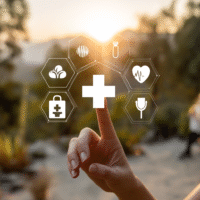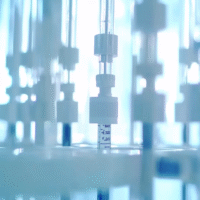Overview of the Research
This study looked at how well targeted next-generation sequencing (tNGS) works for finding germs in newborns with serious breathing problems known as respiratory distress syndrome (RDS). The goal was to see if tNGS could help doctors find out what is causing the illness more quickly and accurately than traditional methods.
What Did the Study Find?
- TNGS is More Effective: In the group of babies tested with tNGS, 46% had germs identified, compared to just 19% in the traditional testing group.
- Co-Infections Detected: TNGS found some babies had multiple infections (13% of cases), while traditional tests found none.
- Shorter Antibiotic Use: Babies in the tNGS group needed antibiotics for about 12 days, while those in the traditional group needed them for about 15 days.
What Does This Mean for Patients and Clinics?
Using tNGS can help doctors identify infections faster and more accurately in newborns with RDS. This means babies can receive the right treatment sooner, which can lead to better health outcomes and a shorter time on antibiotics.
Real-World Opportunities
- Hospitals can adopt tNGS testing to improve the diagnosis of infections in newborns.
- Doctors can reduce the time babies spend on antibiotics, minimizing side effects.
What Should Clinics Track?
- Rate of successful pathogen detection.
- Incidence of co-infections found.
- Average duration of antibiotic treatment.
AI Solutions
Clinics can consider using AI tools that assist in analyzing sequencing data, helping to identify pathogens more effectively and efficiently.
Step-by-Step Plan to Start Applying Findings
- Start Small: Begin by training staff on tNGS technology and its benefits.
- Pilot Program: Implement tNGS in a small unit or department to gauge effectiveness.
- Gather Data: Track outcomes such as detection rates and treatment duration.
- Review and Expand: Based on initial results, consider widening the use of tNGS across the hospital.
For further reading, please visit this link to the research article.



























